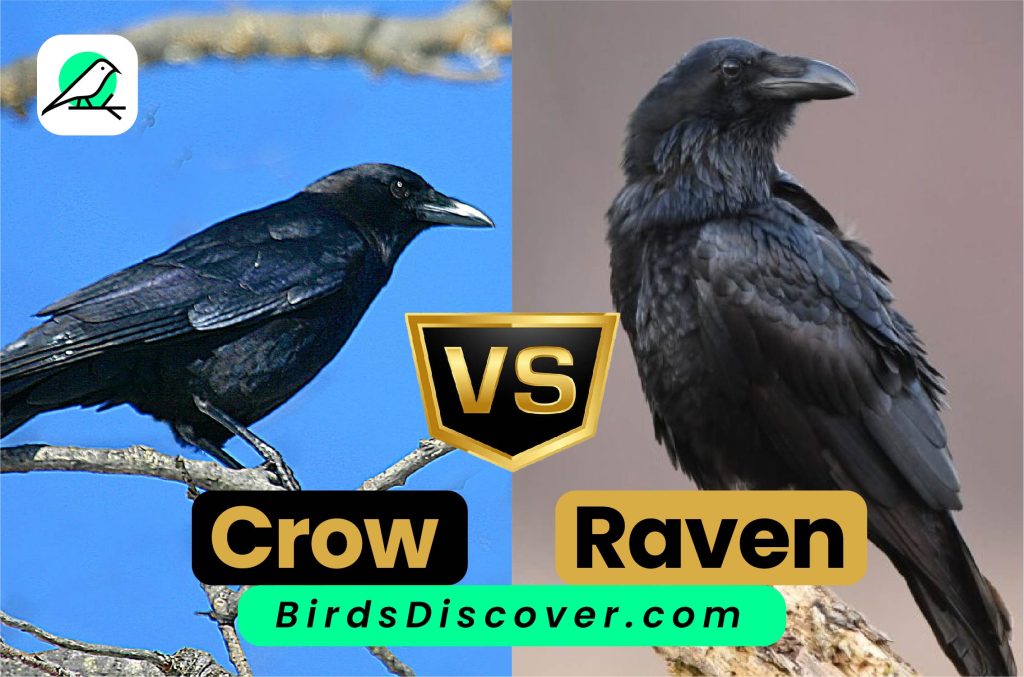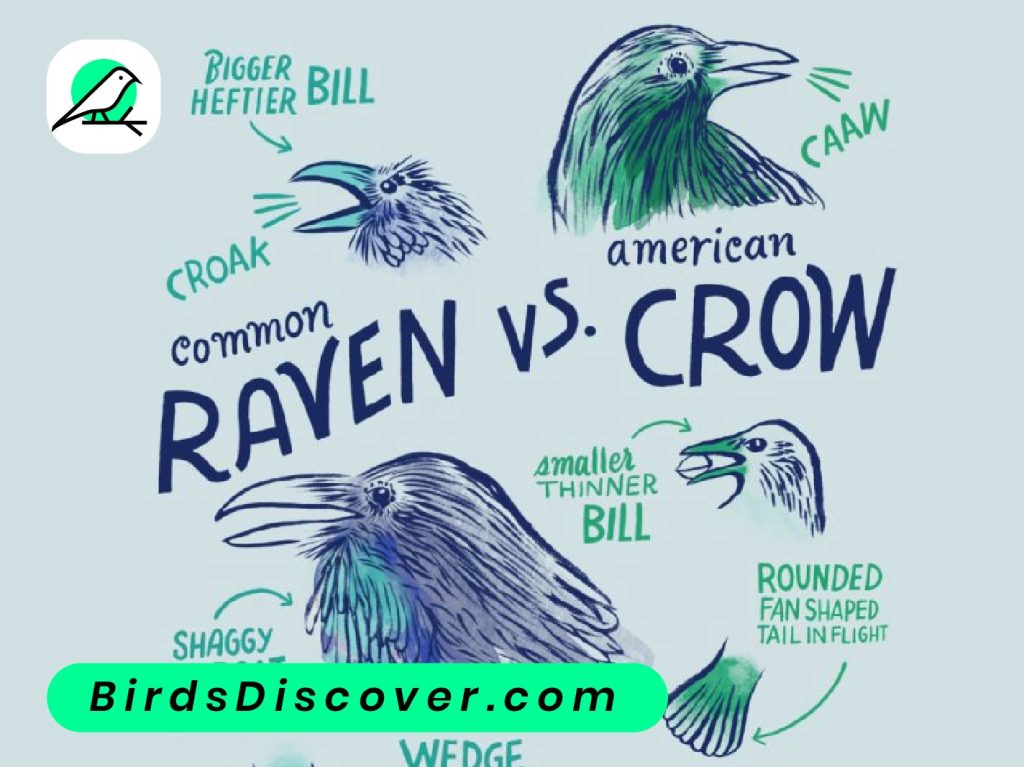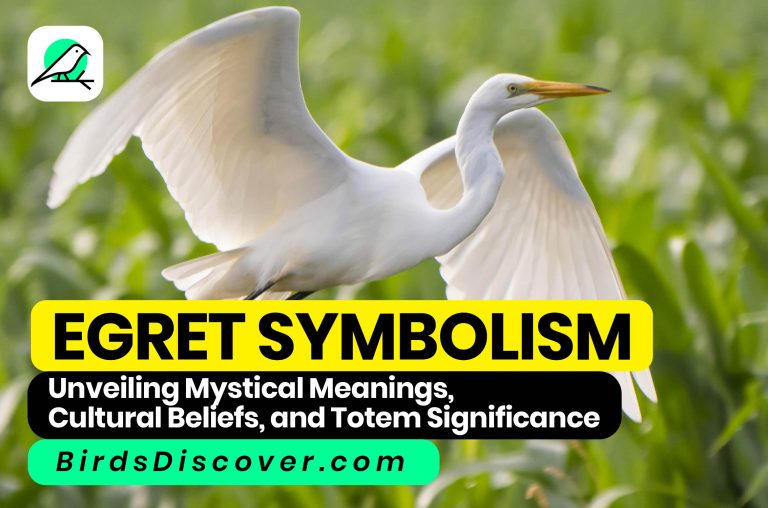Crow vs Raven: Understanding the Differences Between These Mysterious Birds

Crow vs Raven
Crows vs Ravens, though often mistaken for one another, are distinct species with unique traits. Crows, part of the genus Corvus, are generally smaller and have a more slender build compared to ravens. Their plumage is typically black and glossy, with a fan-shaped tail and a more straightforward, melodious call. Crows are highly social birds, often found in large groups or “murders,” displaying complex social interactions and problem-solving skills.
Ravens, also from the genus Corvus, are larger and bulkier with a wedge-shaped tail and more pronounced, ragged throat feathers. They have a deeper, more resonant call, which sounds like a low croak or a series of guttural sounds. Ravens are known for their solitary and pair-bonded nature, often seen in smaller groups or alone. They exhibit extraordinary intelligence and playfulness, engaging in behaviors like aerial acrobatics and using tools.
Both crows and ravens possess remarkable cognitive abilities and adaptability, thriving in diverse environments. Despite their similarities, their physical differences and social behaviors help distinguish them in the wild, each adding a unique dynamic to their ecosystems.
Behavior and Intelligence: Social Structure and Problem-Solving
Social Structure:
- Crows: Crows are highly social birds, often found in large groups called “murders.” Their social interactions are complex, involving cooperative behaviors such as group foraging, mobbing predators, and communal roosting. This social structure supports their intricate communication and collaborative problem-solving.
- Ravens: Ravens are more solitary or found in small family groups, typically consisting of a mated pair. They are known to form larger gatherings occasionally, especially where food is abundant. Their social structure emphasizes pair bonding and territorial behavior rather than the large, dynamic groups seen in crows.
- Problem-Solving:
- Crows: Crows exhibit impressive problem-solving skills and tool use. They are known to use sticks to extract insects from crevices and solve complex puzzles, like using multiple tools to achieve a goal. Their cognitive abilities are highlighted in experiments demonstrating their capacity for sequential tool use and causal reasoning.
- Ravens: Ravens also demonstrate remarkable intelligence, often excelling in tasks that require advanced problem-solving and planning. They can use tools, understand cause-and-effect relationships, and engage in playful behaviors that reveal their cognitive flexibility. Ravens are known for their ability to plan for future needs, a trait that reflects their sophisticated mental abilities.
In summary, while both crows and ravens are highly intelligent with advanced problem-solving skills, their social structures differ significantly, with crows being more social and raven behavior often focusing on smaller, family-oriented groups.

Habitat and Range: Where to Find Them
Habitat:
Crows: Crows are adaptable and thrive in a variety of environments, including urban areas, farmlands, forests, and wetlands. They are highly versatile and can live in both temperate and tropical regions, often seen scavenging in cities or foraging in open fields.
Ravens: Ravens prefer more varied and rugged landscapes, including mountainous areas, forests, and arid regions. They are often found in less populated, wilder areas compared to crows, and they tend to avoid heavily urbanized environments.
Range:
- Crows: The range of crows spans across much of North America, Europe, Asia, and parts of Africa and Australia. Their widespread presence is due to their ability to adapt to diverse conditions and proximity to human settlements.
- Ravens: Ravens have a broader range that includes northern parts of North America, Europe, and Asia. They are commonly found in regions with large, open spaces or mountainous terrain, extending into the Arctic tundra and high-altitude areas where crows are less common.
In summary, while crows are found in a broad range of habitats, including urban areas, ravens prefer more remote, rugged environments and can be seen in wilder landscapes.
Cultural Significance and Symbolism Crow vs. Raven
Crows:
- Symbolism: Crows are often associated with transformation, intelligence, and adaptability. In many cultures, they are seen as messengers or omens, symbolizing change or transition. They appear in folklore and mythology as tricksters or guides, reflecting their clever nature.
- Cultural Significance: In Native American traditions, crows are linked to creation stories and are seen as protectors or bearers of wisdom. In some Asian cultures, they are believed to have spiritual significance, representing both good and bad omens depending on the context.
Ravens:
- Symbolism: Ravens are frequently associated with mysticism, prophecy, and the supernatural. They are often viewed as symbols of mystery and insight, connected to themes of death and rebirth. Their dark, intelligent nature makes them powerful symbols in various mythologies.
- Cultural Significance: In Norse mythology, ravens are linked to Odin, the god of wisdom, with his ravens Huginn and Muninn representing thought and memory. In Celtic cultures, ravens are seen as creatures of prophecy and are often associated with war and death. They also feature prominently in various folklore and legends across different cultures as symbols of transformation and magic.
Overall, while both crows and ravens hold significant cultural and symbolic value, crows are often tied to adaptability and change, whereas ravens are more closely associated with mystery, prophecy, and the supernatural.
Conclusion: Appreciating the Differences
Understanding the differences between crows and ravens enhances our appreciation of these remarkable birds. Crows, with their smaller size, fan-shaped tails, and complex social structures, exemplify adaptability and resourcefulness. They thrive in diverse environments, from urban landscapes to rural areas, and their behaviors reflect a high level of social interaction and problem-solving.
Ravens, larger and bulkier with wedge-shaped tails and shaggy throats, embody mystery and intelligence. Their preference for more remote habitats and their solitary or small-group behavior highlight their unique adaptations to wilder landscapes. Ravens’ remarkable cognitive abilities and their role in various mythologies underscore their symbolic significance as symbols of prophecy and transformation.
By delving into their physical characteristics, behavior, and cultural symbolism, we gain a deeper appreciation for the distinct roles each species plays in their ecosystems and human imagination. Celebrating these differences allows us to recognize the rich diversity within the avian world and the unique contributions of both crows and ravens.
FAQS
What are the main physical differences between crows and ravens?
Crows are generally smaller with a more slender build, whereas ravens are larger and bulkier. Ravens have wedge-shaped tails, while crows have fan-shaped tails. Ravens also have shaggy throat feathers that crows lack.
How can you tell crows and ravens apart by their calls?
Crows produce a consistent “caw” sound, while ravens have a deeper, more varied range of calls, including a distinctive “gronk” or “cronk” sound. Ravens also perform aerial acrobatics, which crows typically do not.
Are there differences in behavior between crows and ravens?
Yes, ravens are known for their playful behavior and often engage in aerial displays and play games. Crows are more social and are usually seen in larger, more cohesive groups, while ravens tend to be seen in pairs or alone.
Where can you typically find crows and ravens?
Crows are widespread and adaptable, found in a variety of habitats including urban areas, forests, and farmlands. Ravens prefer more remote areas such as mountainous regions, forests, and deserts but can also adapt to different environments.
Do crows and ravens have different diets?
Both crows and ravens are omnivorous and scavengers, feeding on insects, small animals, and carrion. However, ravens have a broader diet that can include larger prey and more varied food sources due to their larger size and strength.






